Five Spanish drinks to impress at a tapas night or party below.
Spain has much to offer in terms of tapas, great seafood and local dishes – but what about something to satisfy your thirst?
Spanish Drinks to Try
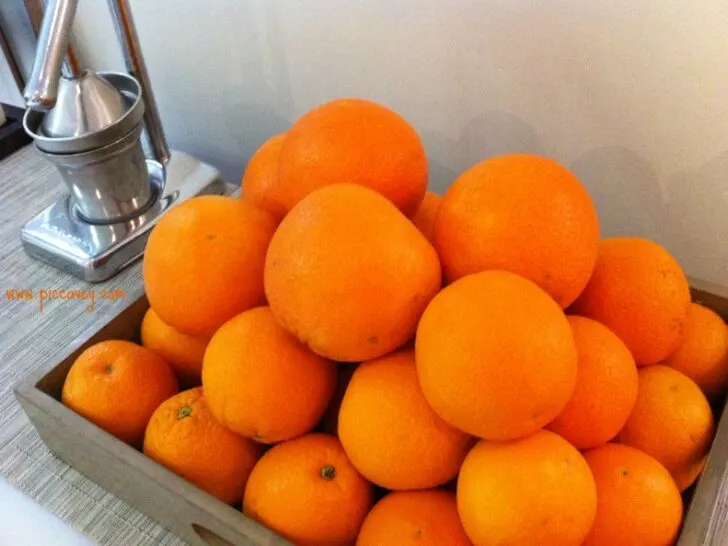
Agua de Valencia
Folklore tells us that one of Spain’s most popular cocktails, Agua de Valencia, was created as a joke, by a bar owner in the 1950s. Visited by Basque travellers who always requested the finest sparkling wine. The barman was surprised when, one day, the travellers asked for something different. He made up a name and was compelled to concoct the drink on the spot.
The cocktail – made using Cava, fresh orange juice, vodka and gin – became such a hit that it is now widely available across Spain in branded bottles. Insider tips for making it at home: always use Cava (Spanish origin) plenty of ice and fresh orange juice.

Pomada
Havent recently visited the Menorca Gin Distillery Xoringer in the Port of Mahon. I discovered this delicious summery drink. Lemonade with a small amout of Gin. Pomada is the typical drink on Menorca, its is especially drunk in the Summer festivites around the island (such as San Joan) but can be found in shops and supermarkets all year round.
Gin became popular on Menorca after the British occupation in the 18th century. The Gin Distillery can still be visited now.
The recipe to make your own pomada is quite simple:
- One Third Xoriguer Gin
- Two thirds Fresh Lemonade 2/3 de limonada casera
Optional additions are:
- A slice of lemon
- Mint Leaves
- Ice Cubes

What is Calimocho?
Also known as kalimotxo
Coca Cola and Red Wine. Yes you rea that right. Coca Cola and Red wine was a popular drink in 1920´s but this become very well known in Spain particularly in the 1980´s. In 1953 the first Coca Cola factory was opened in Spain, increasing supply. Names for this drink were Rioja Libre, Mochete, Cuba Libre del Pobre… the name Calimocho didnt come about until 1972.
In the Puerto Viejo de Algorta (Basque Country) 2000 litres of wine was bought for the local summer fiesta. However the wine was off, tasted quite bad, (maybe due to excessive heat) as they had spent the villages funds already, they had to find a way of using this sub standard wine. (They knew that it wasn´t harmful, just not a good taste).
After trying different mixers, they found that a good proportion of coca cola disguised the flavour. The villages gave it a name that sounded interesting without revealing the exact ingredients. The RAE (official Spanish dictionary) has this word registered as a drink of coca cola and red wine. Also coca cola partners had it registered in 1996 at the European Union intellectual property office.
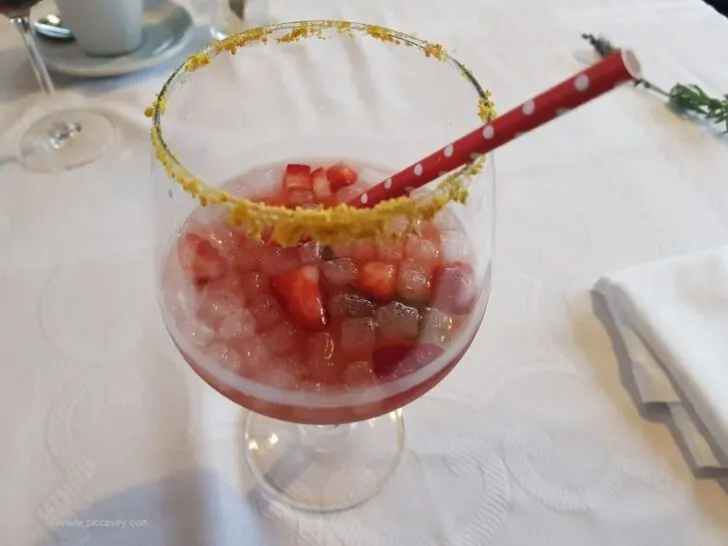
Sangria
Synonymous with the aforementioned sun and fun, Sangria is on the menu of nearly every Spanish bar or restaurant. Created in various strengths and colours, traditional Sangria is made using Spanish red wine, chopped fruit and a spirit, usually brandy. Served like a punch in a jug or punch bowl, the recipe of Sangria is easily adapted to appeal to those with a sweet palette or those who don’t like their alcohol too strong.
It is a good option when you have a party or group of people to serve. Here´s an Easy Sangria Recipe. In Andalusia you will see Tinto de Verano more often than Sangría. This is Red Wine with Lemonade (traditional or standard clear lemonade)
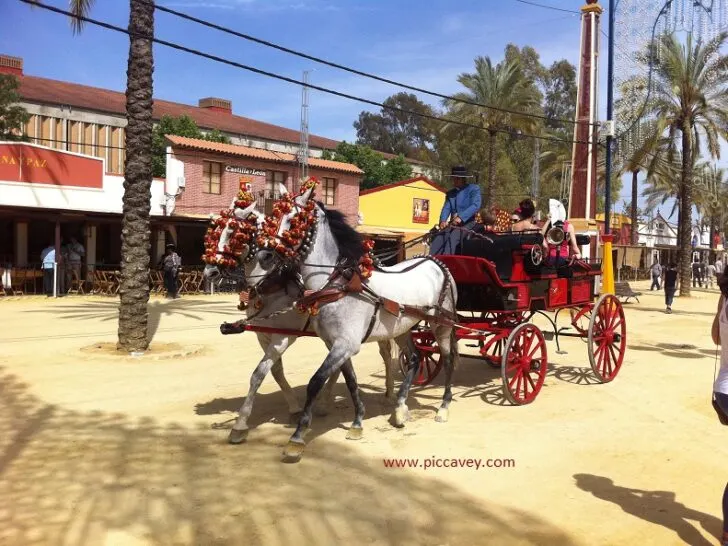
Rebujito
Synonymous with the Andalusia Fairs and Festivals. Rebujito is a dry and refreshing drink make with Fino Sherry Wine and 7up or Sprite. It is pretty strong as Sherry is a fortified wine but deceiving as you seem to drink it easily.
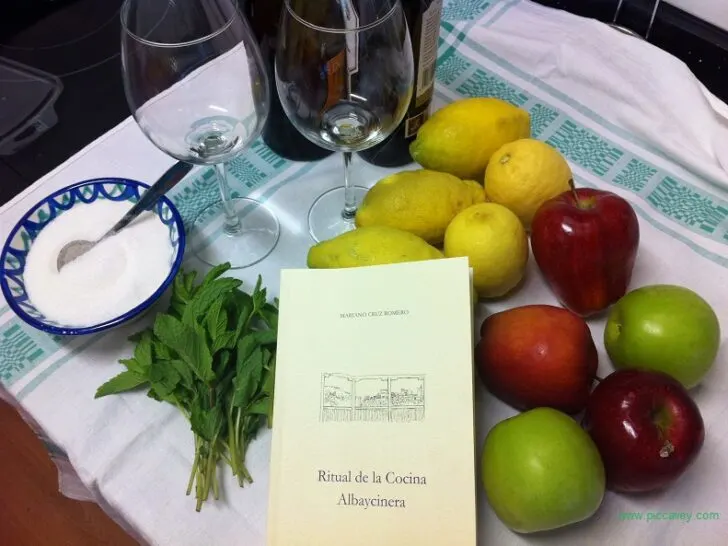
Albaicin Lemonade
This traditional drink was very popular in Granada´s Albayzin quarter. It is made with white wine, apples and lemonade. So drinkable on a warm summers days. They would make huge tubs full of it to share amongst the neighbours outside on the square.
Find out more about this custom and the recipe here.
Café Bombón
Probably one of the easiest, sweetest non-alcoholic drinks in Spain, Café Bombón is the perfect way to kick-start your morning. Featuring only two ingredients – espresso coffee and condensed milk – you and your guests might develop an addiction to this simple, sugary shot of coffee! To replicate it the Spanish way, pour a shot of espresso coffee into a glass. Follow it with an equal measure of condensed milk. Watch it separate and allow the milk to sink. Stir before drinking. What did we tell you?
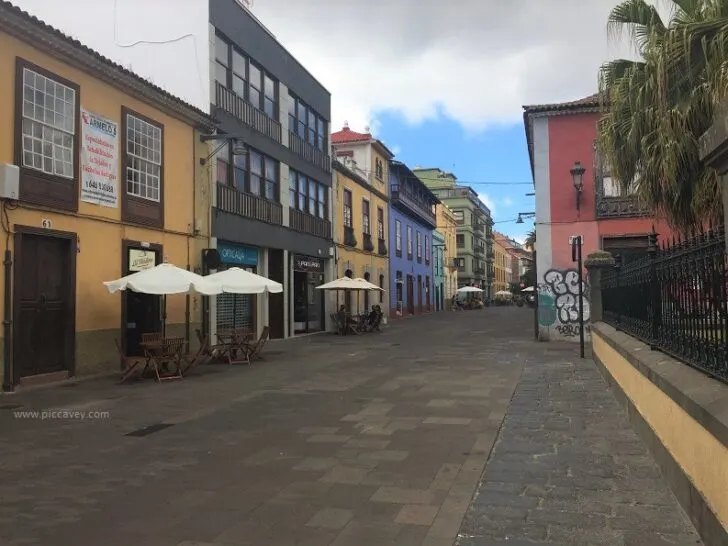
Barraquito
Typical in the Canary Islands, this stripey coffee is made with Condensed Milk, Liquer 43, Espresso Coffee and Milky froth. Some also use Tia Maria instead of Licor 43. The name is the nickname of Don Sebastián Rubio who would drink this in Santa Cruz de Tenerife in the Bar Imperial. (Plaza de la Paz)

Did you know that Rum was produced in Granada?
Palito de Ron
The distillery Ron Montero on the Granada´s Costa Tropical is still open today. One of their most popular drinks is know as Palito de Ron.
Its made with local Ron Montero, sugar cane, brown sugar, cinnamon, an orange and a lemon.
There is an easier version to prepare at home which is the blend of 7up (or Sprite with Ron Palido Montero) and lots of ice.

Estrella de Galicia
Brewed for over 100 years in the Spanish region of Galicia by the founder’s family, this premium, authentic lager offers drinkers something more refined than your average bottled beer. It is a pale, golden lager with an ABV 4.7%. Rooted in strong Spanish heritage and culture, Estrella de Galicia is synonymous with music in Spain and the company hosts a year-long calendar of music events and gigs across the country.
Spanish drinks are not just wine. Recently many Craft Breweries have begun producting different beers with lots of creative recipes and ingredients too.
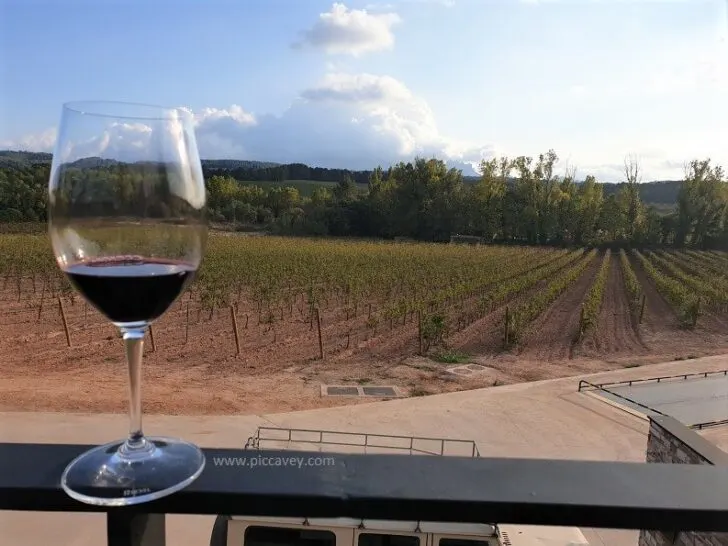
Spanish Wine
Spain is a country whose heritage is entrenched in vineyards and wine production. Regardless of the region, you will probably find fields dedicated to cultivating grapes for wine. In fact, nearly 3 million acres of land is reserved for planting grapes – and Spain is the world’s third largest wine producer (after France and Italy).
With that in mind, this Spanish tipple is carving its own quality reputation and export is increasing.
Why? Varying climates across the country are producing different types of grape, soil and fruit ripening rates – which in turn produce distinctive, quality red, white, rose and sparkling Spanish wine, so the next time you’re in your local supermarket, why not pick up a bottle to enjoy in the summer sun?
So next time you’re looking for something to seduce your taste buds and quench your thirst, watch how the Spanish do it…
My top recommendations for you to try are
- Red Wine – Look for Ribera del Duero Wine Region
- White Wine – Look out for a Crisp Albariño from Rias Baixas
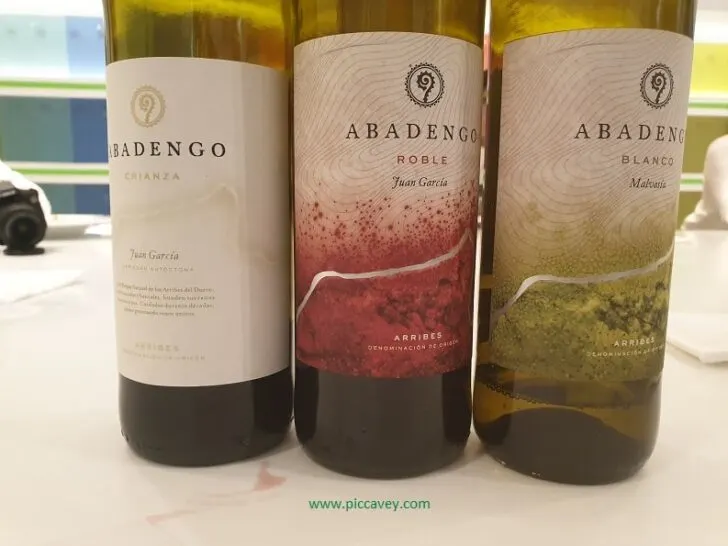
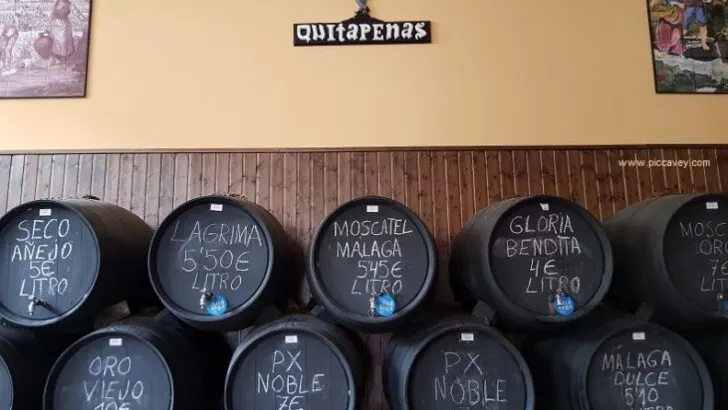
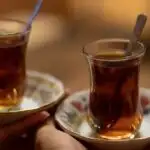



Nice selection of drinks but if we speak about beer I recommend “Alhambra”. For me is the best one, it’s a great taste 😉
If you come some day to the Alicante area visit us and I’ll buy you an Alhambra. We are a located in Ciudad Quesada.
I share the post on our social networks 🙂
Regards!
Just another thought, we soon swapped from Sangria to Tinto de Verano, and Cafe BonBon is soooo sweet and the waiters even give you more packets of sugar to use. My tipple of choise is a sin Alc beef if driving or cold white wine or cava if not
Yes I love Tinto de verano. Bombon is only for a special treat sometimes in the afternoon.
Lived here for 10 years, but still can’t really get used to cold red wine 🙂